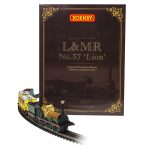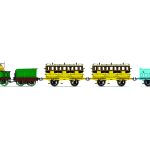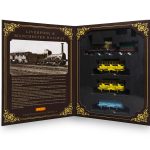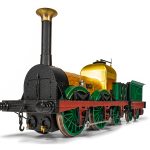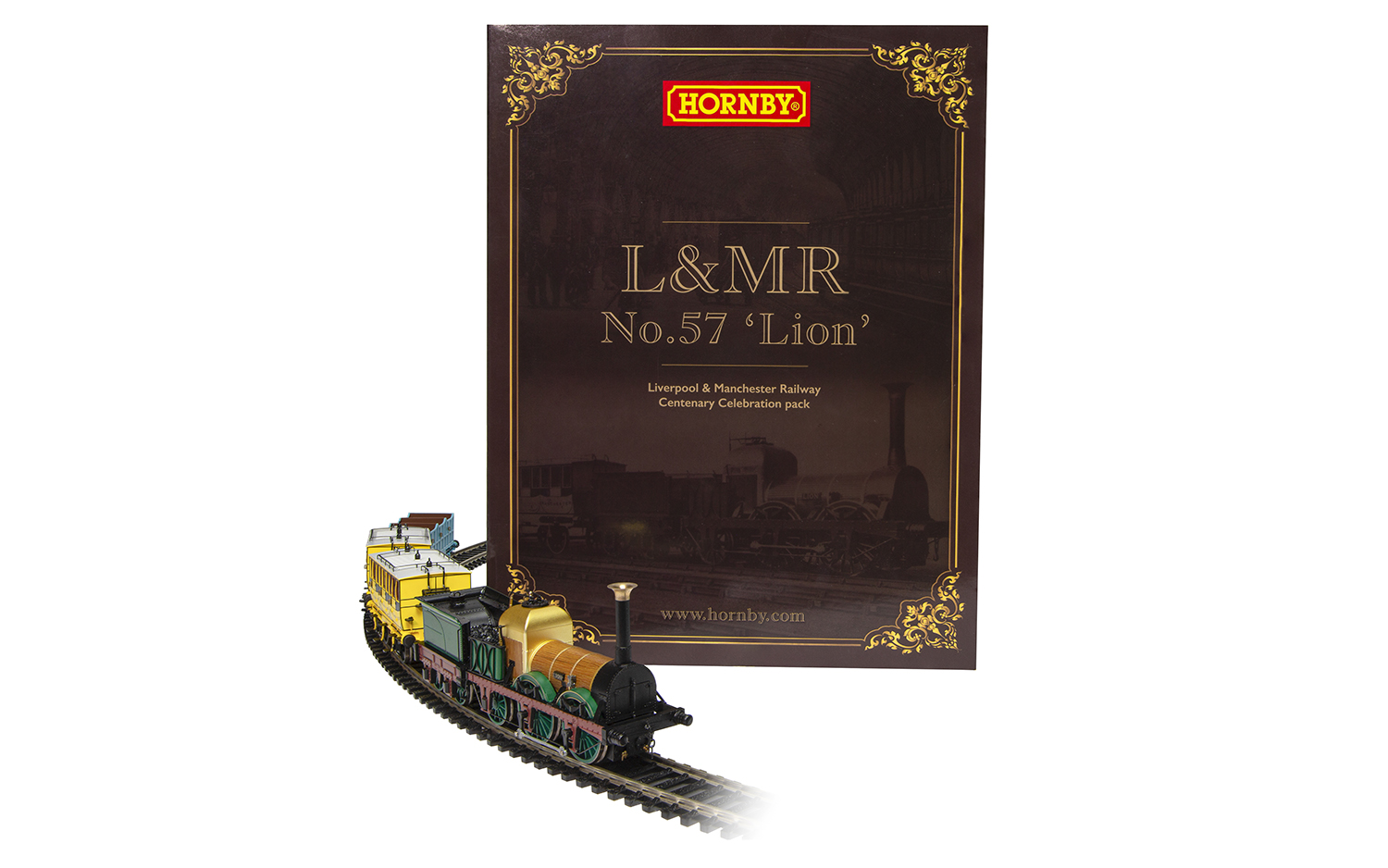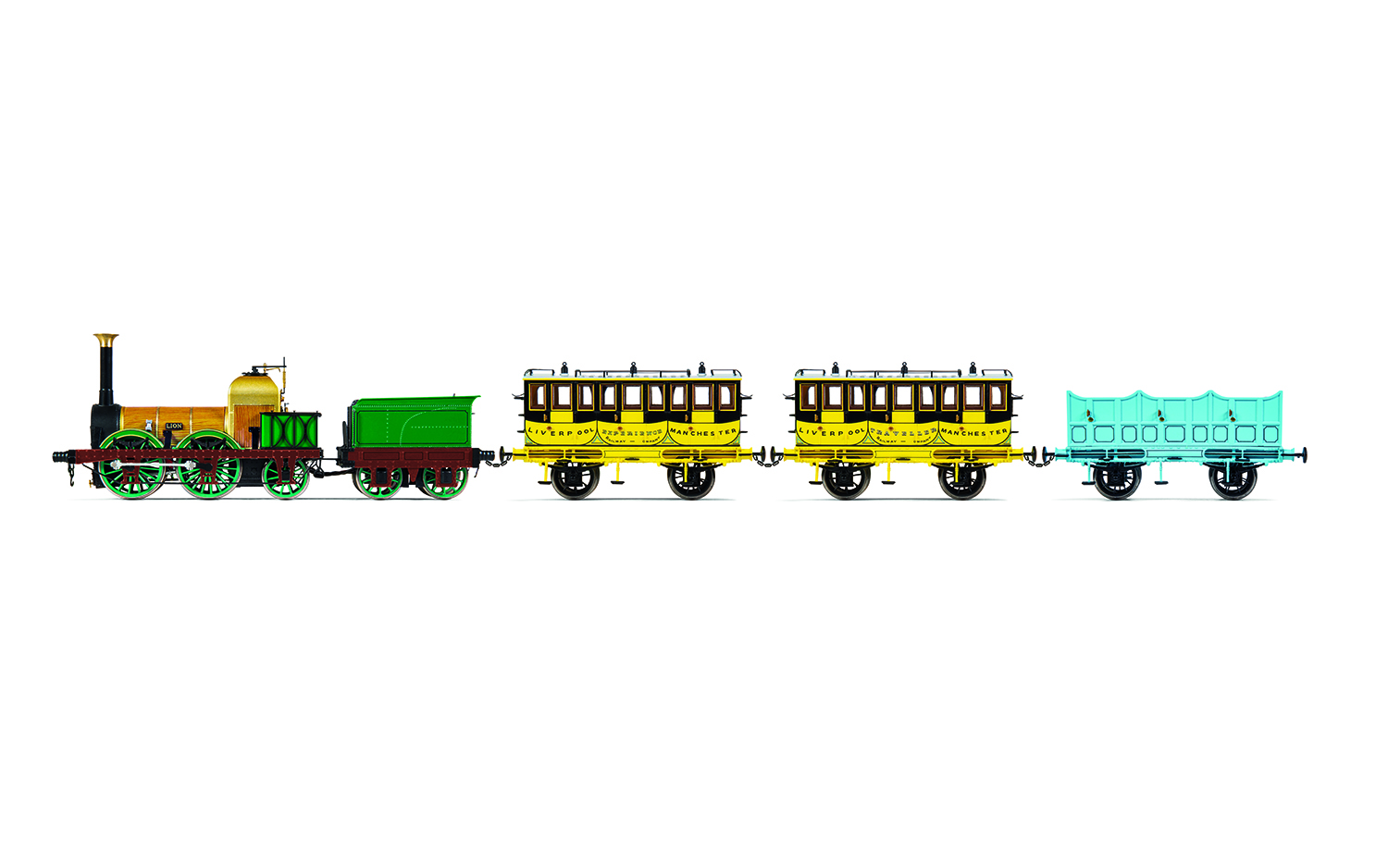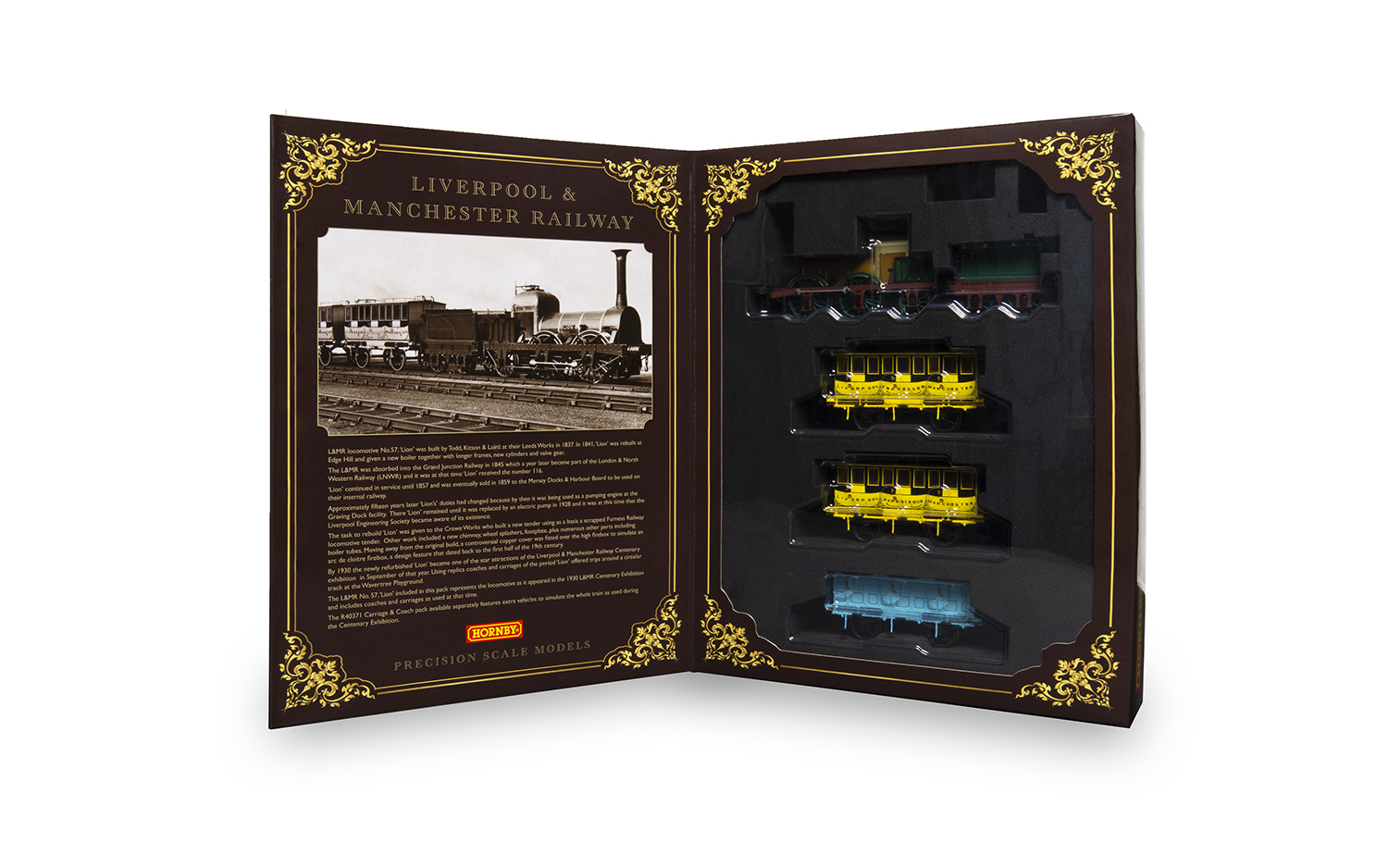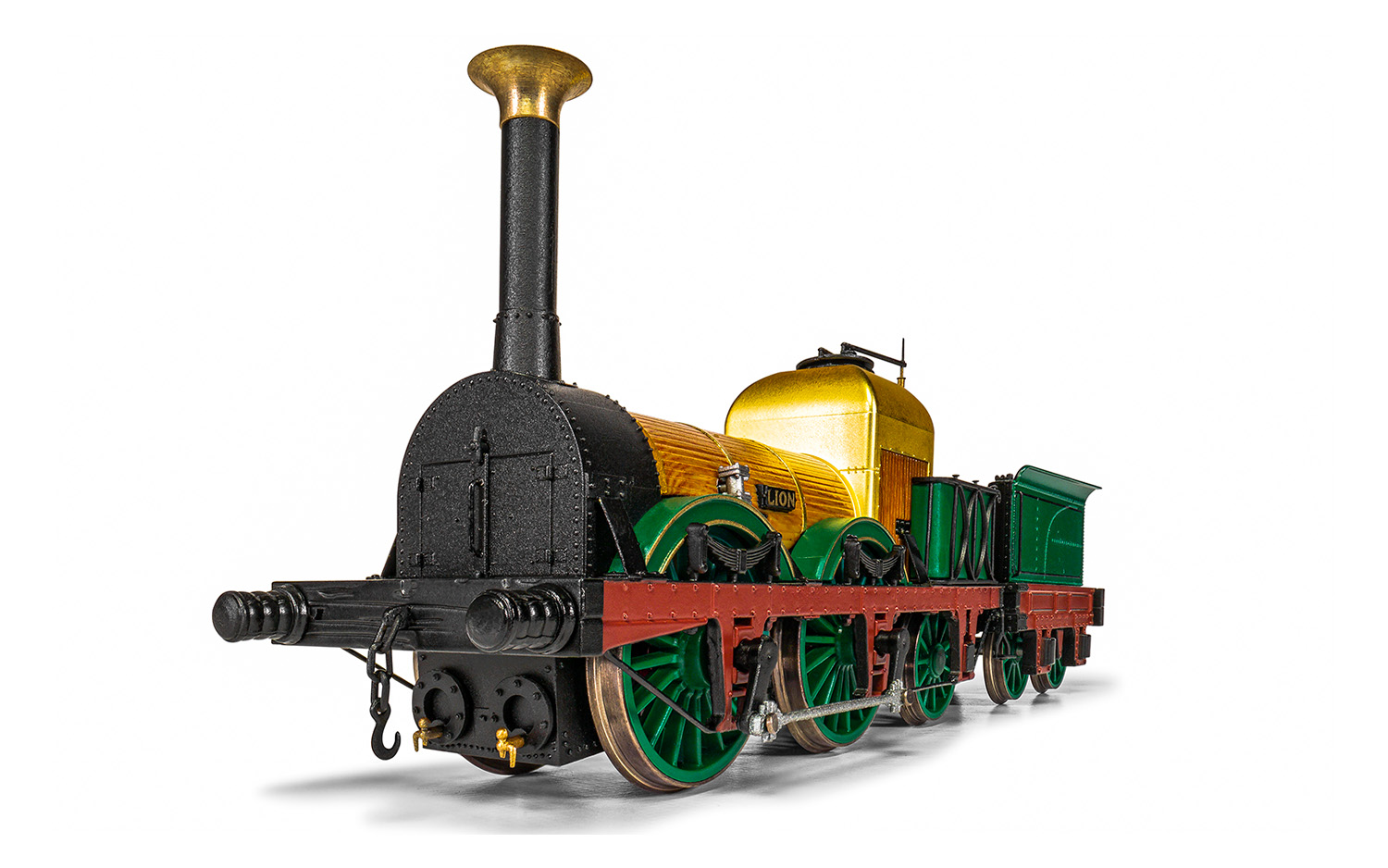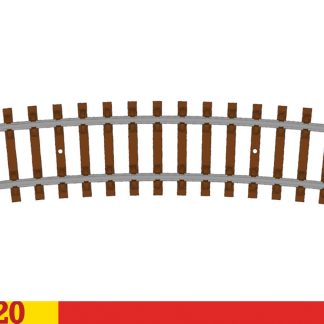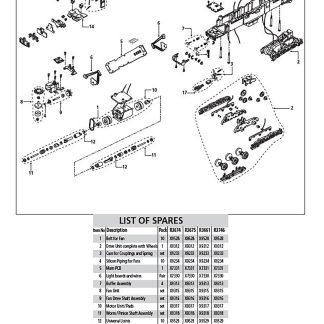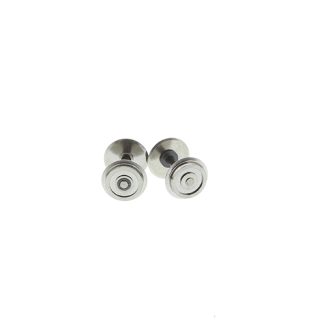Description
L&MR locomotive No.57, 'Lion' was built by Todd, Kitson & Laird at their Leeds Works in 1837.
In 1841, 'Lion' was rebuilt at Edge Hill and given a new boiler together with longer frames, new cylinders and valve gear.
The L&MR was absorbed into the Grand Junction Railway in 1845 which a year later became part of the London & North Western Railway (LNWR) and it was at that time 'Lion' received the number 116.
'Lion' continued in service until 1857 and was eventually sold in 1859 to the Mersey Docks & Harbour Board to be used on their internal railway.Approximately fifteen years later 'Lion's' duties had changed because by then it was being used as a pumping engine at the Graving Dock facility. There 'Lion' remained until it was replaced by an electric pump in 1928 and it was at this time that the Liverpool Engineering Society became aware of its existence.
The task to rebuild 'Lion' was given to the Crewe Works who built a new tender using as a basis a scrapped Furness Railway locomotive tender. Other work included a new chimney, wheel splashers, footplate, plus numerous other parts including boiler tubes. Moving away from the original build, a controversial copper cover was fitted over the high firebox to simulate an arc de cloitre firebox, a design feature that dated back to the first half of the 19th century.
By 1930 the newly refurbished 'Lion' became one of the star attractions of the Liverpool & Manchester Railway Centenary exhibition in September of that year. Using replica coaches and carriages of the period 'Lion' offered trips around a circular track at the Wavertree Playground.
The L&MR No. 57, 'Lion' included in this pack represents the locomotive as it appeared in the 1930 L&MR Centenary Exhibition and includes coaches and carriages as used at that time.
The R40371 Coach & Carriage pack available separately features extra vehicles to simulate the whole train as used during the Centenary Exhibition.

